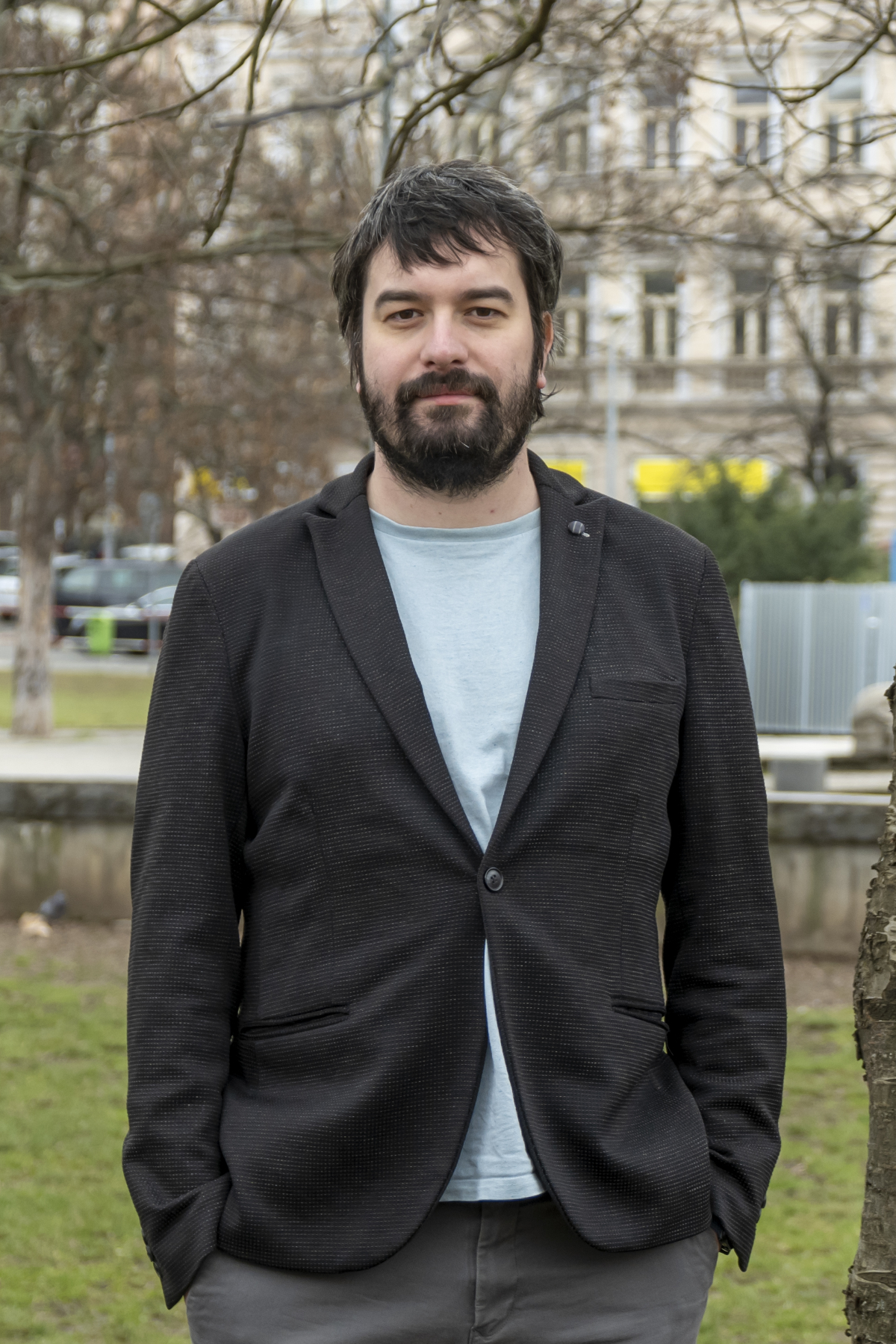Martin Fleischmann MSc. Ph.D.

Legerova 5
cal.com/martinfleis/office-hours
Office
Department of Social Geography and Regional Development
Urban and Regional Laboratory – URRlab
Links
-
Martin is a member the Urban and Regional Laboratory at the Charles University in Prague, a fellow in the Geographic Data Science Lab at the University of Liverpool and a former member of the Urban Design Studies Unit at the University of Strathclyde. He has a PhD in Architecture from the University of Strathclyde in Glasgow, where he focused on urban morphology and quantitative aspects characterisation of urban form. He holds degrees in Urban Design (University of Strathclyde, 2017) and Architecture and Urbanism (Czech Technical University in Prague, 2015).
While not doing the research, he writes open source software, promotes open science and helps others with their data.
His research interest lies in urban morphology and geographic data science focusing on quantitative analysis and classification of urban form, remote sensing and AI, bringing the architectural aspects of the description of cities to geography and data science.
Martin an author or a maintainer of a range of open scientific software. He developed momepy, the open source urban morphology measuring toolkit for Python providing a wide range of tools for morphometric analysis. Since 2019, Martin is a member of the development team of GeoPandas, the open source Python package for geographic data. In 2020, he joined the development team of PySAL, the Python library for spatial analysis. On top of that, he regularly contributes to other open source projects and develops his own packages like Clustergram for visualisation of cluster analysis or Xvec for vector data cubes handling.
See more at martinfleischmann.net.
-
Web of Science and Scopus
Expert articles
-
Topics for Bachelor and Master theses
Students are invited to work on bachelor’s or master’s theses on topics linked to the research areas of the ongoing projects and on the general scope of the work within the team. Note that with some exceptions of urban morphology, primarily quantitative methods are expected to be used.
Urban morphology
Culture and politics and their effects on the shape of urban development
Echoes of the past in the shape of our cities.
The project shall quantitatively explore the relationship between how cities are built and the cultural and political context that has influenced that. The scope can vary from local to global use cases.
Social diversity of housing
The ability of types of housing to host people from different socio-economic population groups differs, but it is largely unmapped. The work shall look at selected aspects of population composition and evaluate how different housing patterns (e.g., single-family housing, perimeter blocks, housing estates) support various population groups.
Spatial distribution of amenities in relation to street network connectivity in Prague
Allocation of amenities follows the structure of cities, particularly linked to street network configuration, population density and major transportation hubs (e.g. subway stations). The project shall explore the effects of these components on the spatial distribution of POIs in Prague. The project will be done in collaboration with the Institute of Planning and Development Prague (IPR).
Classification of urban environments
The complexity of the urban environment is unfathomable. To be able to work with it, we need to reduce its dimensionality to a subset of categories roughly representing the breadth of options. Students are invited to develop such classification, capturing selected perspectives of urban analytics.
People: spatial dimension of behaviour
The project aims to develop a quantitative classification of the population based on selected aspects of human behaviour (e.g. internet usage patterns and daily mobility).
Places: what is around
Classification of urban space according to its function. Where do we find specific categories of POIs? Which places are more accessible than the others? Why is that?
Satellite imagery in cities
On rare occasions, students can apply for projects falling under earth observation. This topic requires Python-based methods to be used.
See the invisible: how much can be sensed from above?
An assessment of the ability of multispectral satellite imagery to *sense* various aspects of an urban environment. We know we can directly capture specific components of cities (think about greenery, heat, emissions, and land cover), but other aspects can be seen indirectly. Can we sense wealth? Deprivation? Population diversity? This project shall explore the feasibility of relying on openly available satellite imagery to predict concepts of urbanised life that are not immediately visible.
Spatial Data Science and advanced methods of quantitative geography
Proposals methodically falling under spatial data science and usage of advanced methods of quantitative geography are generally welcome even on topics other than those listed above.
Modifiable Areal Unit Problem in urban environments
Modifiable Areal Unit Problem (MAUP) deals with selecting a spatial unit of analysis and its impacts on the analysis results. Cities are known for their heterogeneity, and a spatial unit suitable for the historical core may need to be revised in the modernist housing estates. This project should examine the issue and assess the suitability of commonly used spatial units and the problems they may bring.
The Impact of Erroneous Polygonal Coverage Topology on Spatial Statistical Methods
Spatial statistics often relies on data structures reflecting topological relationship of individual observations. However, when the assumed polygonal coverage is not topologically sound, the relationship detection is affected. This in turn impacts the outcome of statistical methods relying on topology. This work shall map common issues in coverage topology and assess their effect on resulting statistics.